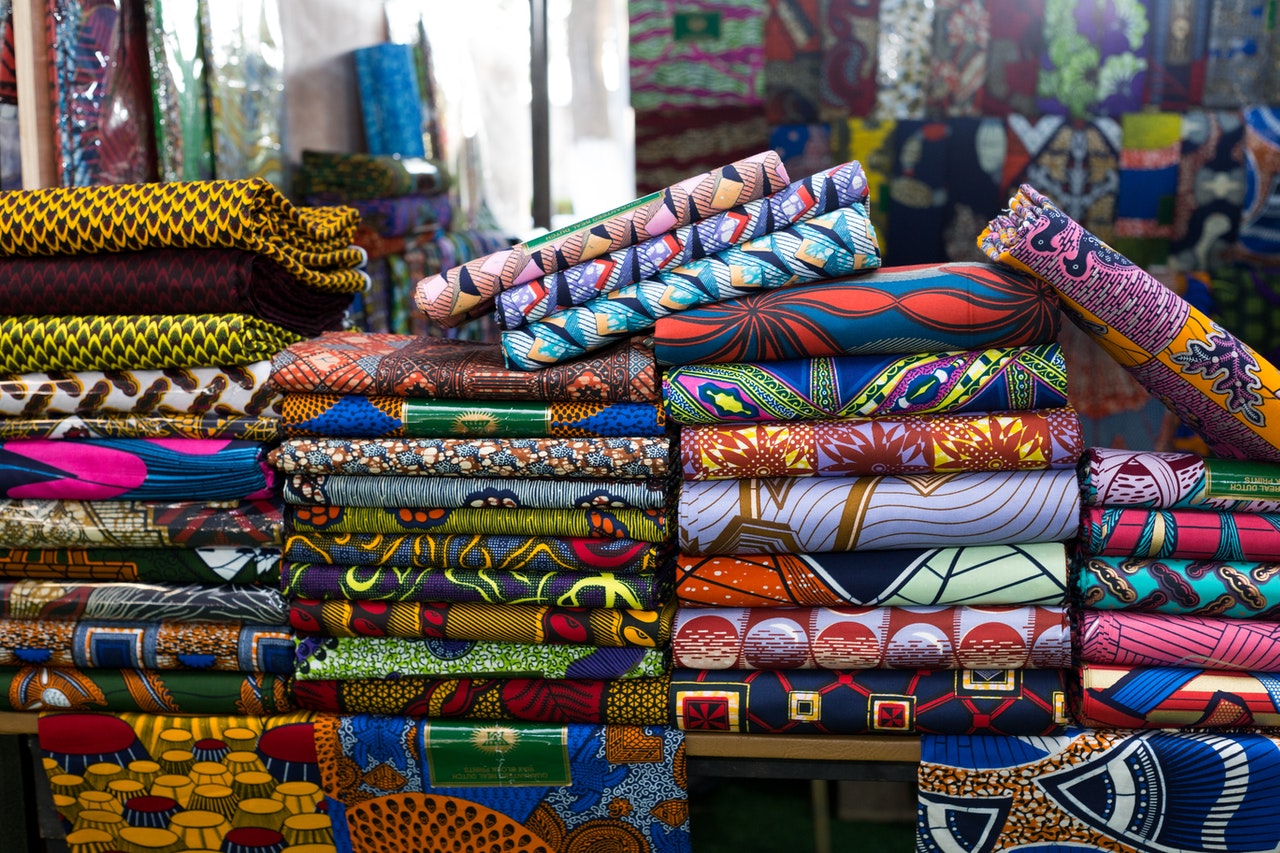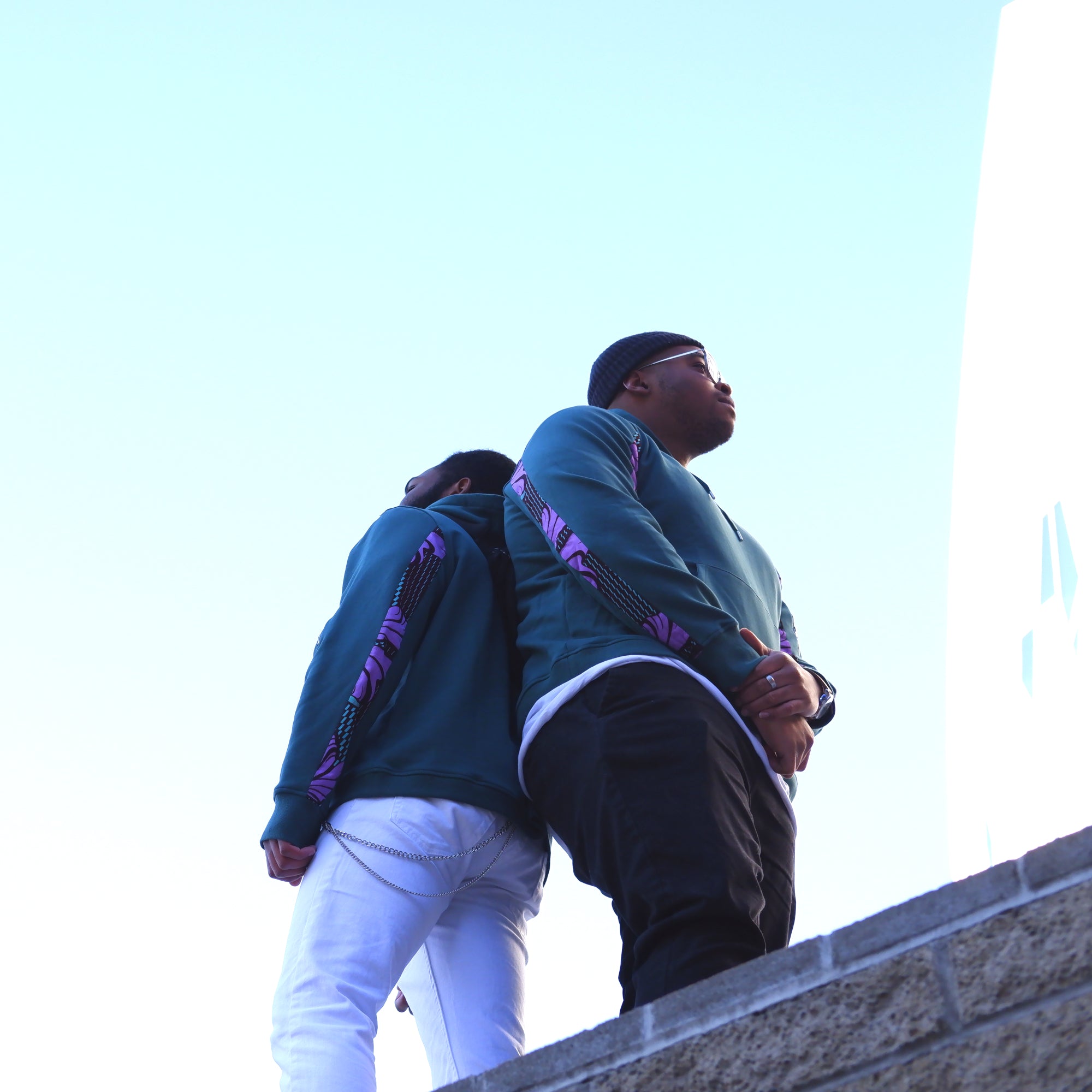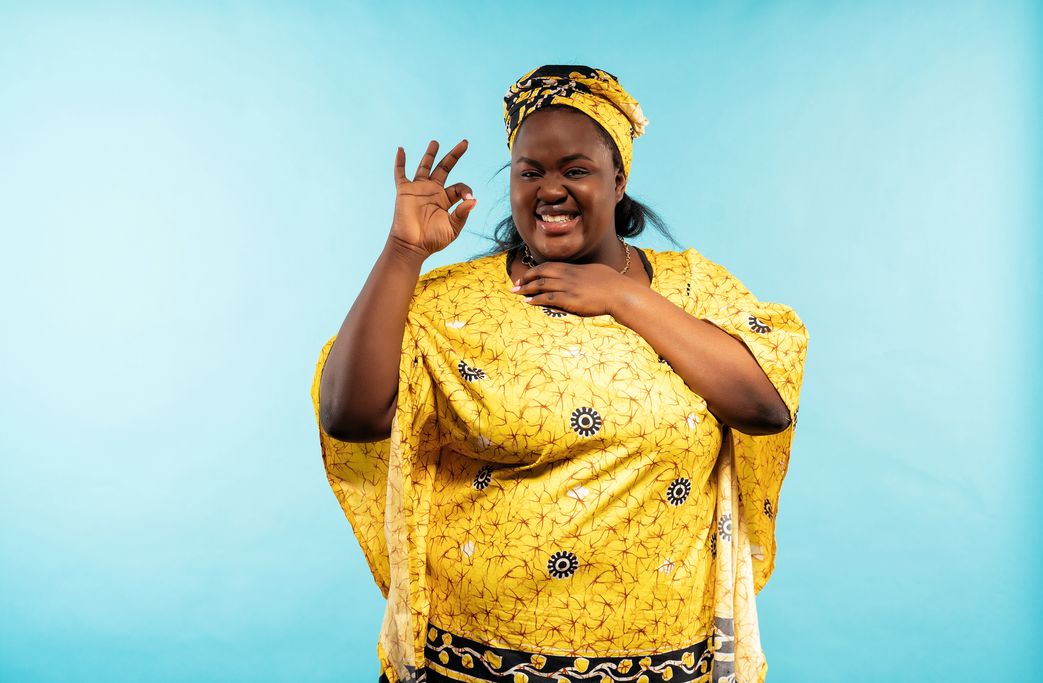
Get to Know Tradition: African Fabrics for Clothing
Traditionally, most of the tribes in Africa wore their distinctive cloths from head to toe. The attributes of this traditional clothing did not only serve as a means to protect the African tribes from different elements but in addition as symbols of their ethnic identity and status.
Aso-Oke Fabric
Aso-oke fabric is a native textile handwoven by the Yoruba tribe in Nigeria. It is prized for its durability, colour and the fact that it does not fade in the sun. Aso-Oke is commonly worn for traditional ceremonies but can also be used for school uniforms and traditional everyday clothing. The fabric can be purchased in fabrics shops, markets, and emporiums in Nigeria.
Kente Fabric
The multicoloured stripes and patterns distinguish kente fabrics. It is one of the most popular traditional clothing among the Akan tribe of Ghana. Kente can also be worn with other types of textiles and clothing. It is woven from cotton, but silk and linen can also be used to make Kente fabrics. The colours and patterns in Kente fabrics are always simple, but because the weaving process is quite complicated, the price of a piece of Kente fabric is always very high.
Kanga Fabric
The Kanga fabrics are famous for their bold designs, embroidery and vibrant colours. It is mainly worn by women in the East and Central Africa region. The Kanga is a rectangular piece of cloth that is draped over one shoulder and used to carry children. It is also known as a baby sling or carrying cloth.
The Kanga is also used to carry other items like small goods, yams and household items. There are modern Kanga fabrics that are made of cambrics and other types of fabric.
Kaftan Fabric
Kaftan is roughly translated as “long robe” in English. It is an oversized robe that is worn in the Middle East and other parts of the world. It is a form of traditional clothing that both men and women wear. The women usually wear a long Kaftan, and men usually wear a short Kaftan. Traditionally, the Kaftan were made of wool, but today, silk, cotton, and other fabrics are used to make Kaftan fabrics.
Zulu
The Zulus are well-known for their strong fighting spirit, and the history of South Africa wouldn’t be complete without the Zulu tribe. Traditionally, Zulu clothing is made with animal skins, and women dress based on their status.
A woman eligible to marry wears skirts made of grass or beaded cotton strings. While married women cover their bodies to show others, they’re taken.
An engaged woman will naturally grow her hair and cover her chest with a decorative cloth as a sign of respect for her in-laws.
For men, the traditional attire is called “the umqhele”, the amambatha to put over the shoulders, ibheshu worn around the waist, umcedo is used to cover the genitalia, and the imbadada is for the foot.
Final Thoughts
Traditional clothing around the world is a reflection of who we are and our customs. Thanks to the internet, it’s easier to source traditional clothing from different parts of the world; we are no longer limited to our own region.
Are you looking for casual African clothing in the UK? Nkiti African Clothing is a UK-based clothing designer that specialises in designing casual African wear. Shop now.




Leave a comment
This site is protected by hCaptcha and the hCaptcha Privacy Policy and Terms of Service apply.